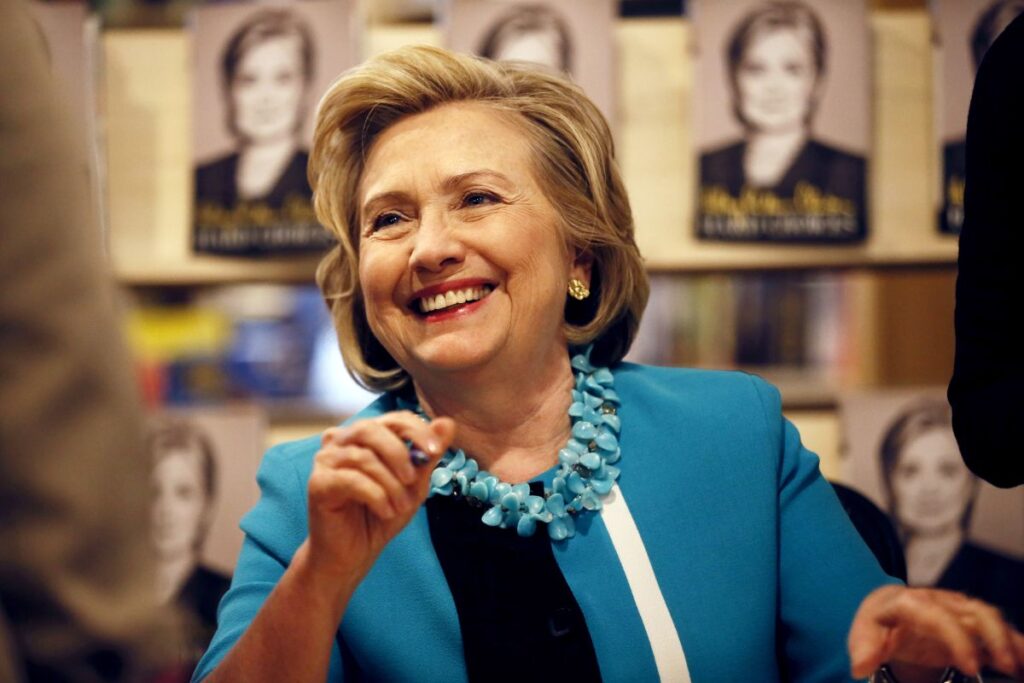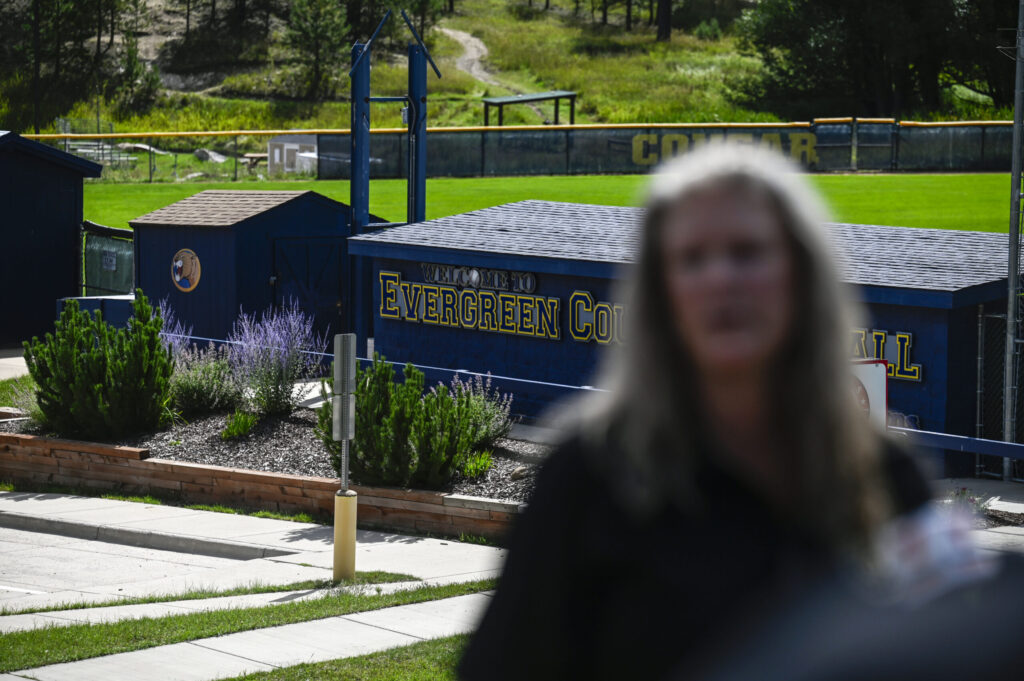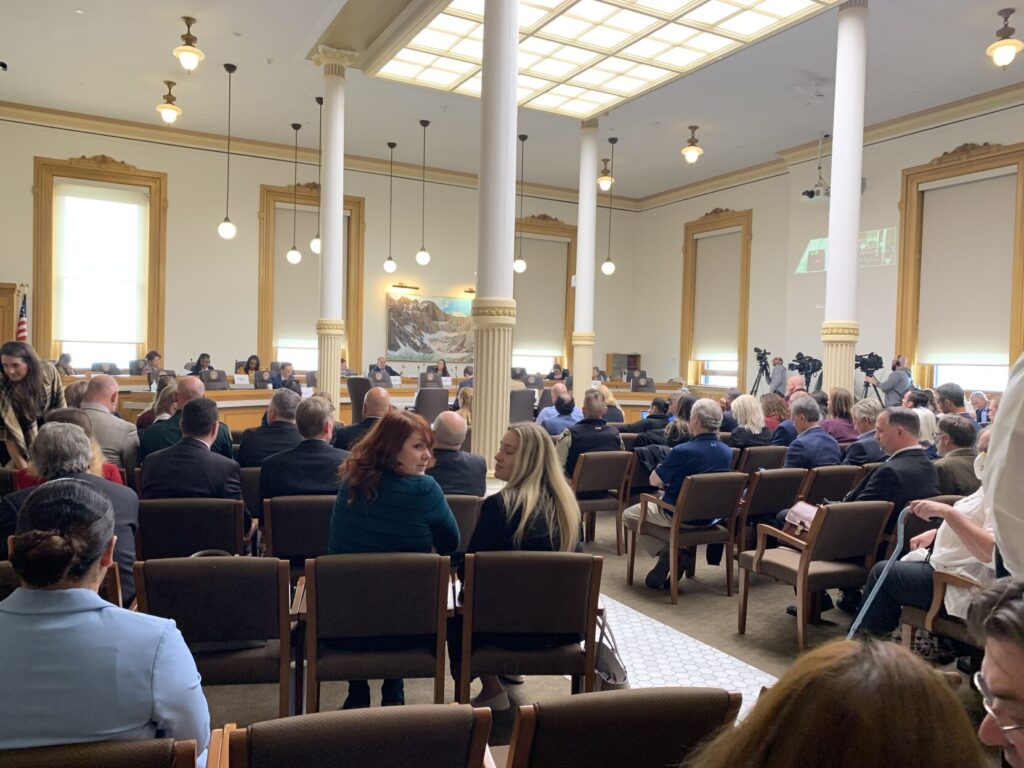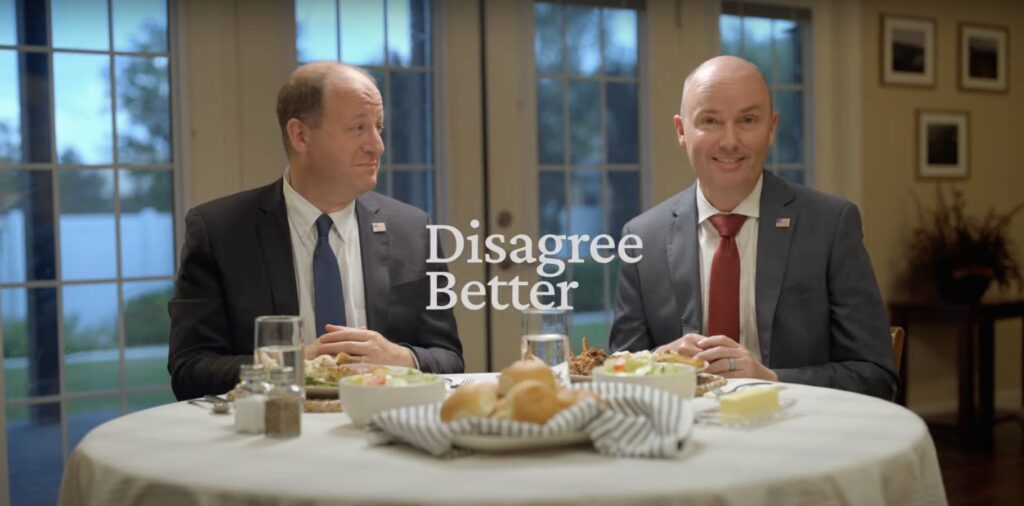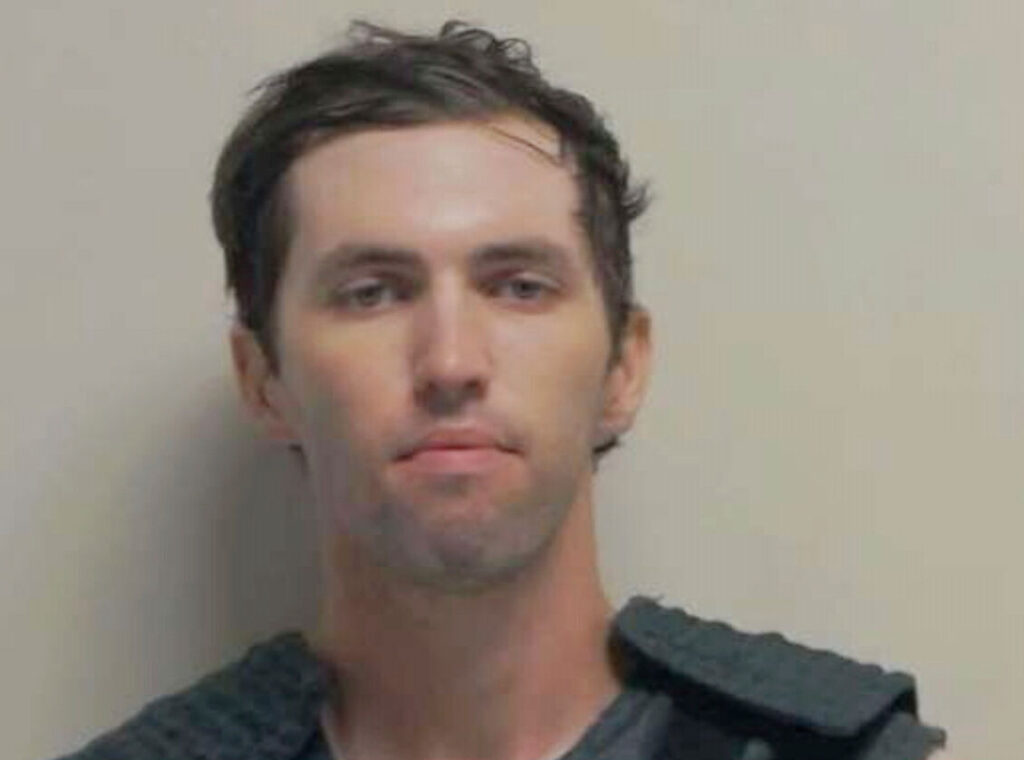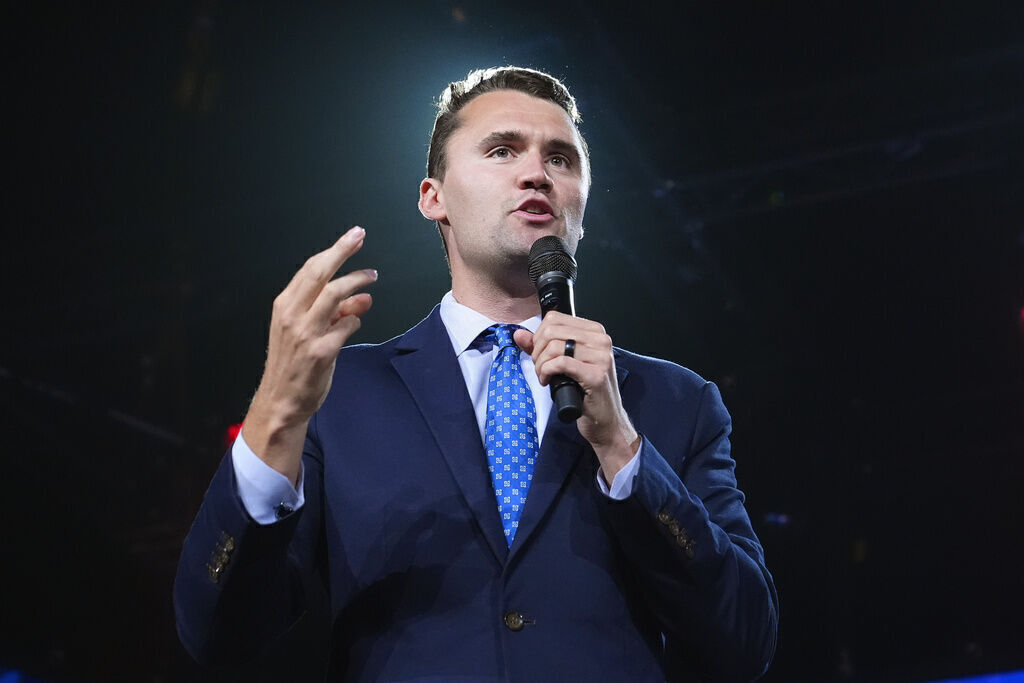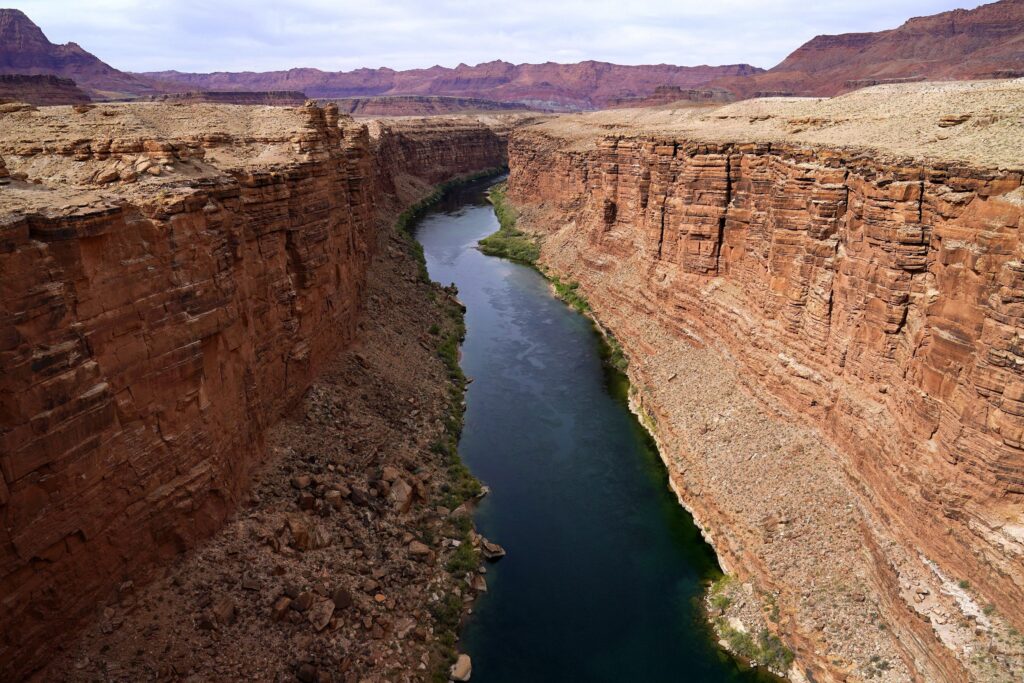Attempts to ban fracking statewide suffer from drop in momentum, funding
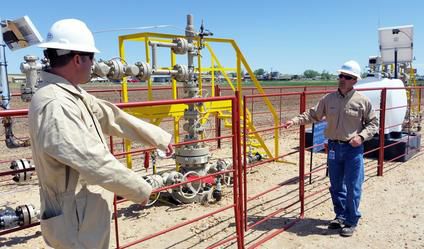
Democratic Rep. Jared Polis may no longer be interested in running a statewide anti-fracking initiative after last year’s bruising political battle royale, but Cliff Willmeng isn’t giving up on the dream.
Six months ago, Willmeng launched an issue committee, Coloradans for Community Rights, to promote a proposed constitutional amendment on “the right to local self-government.” While he has yet to file language with the state, the effort sounds similar to his 2014 proposal, which failed to qualify for the November ballot.
So far fundraising has been slow: As of June 1, he had collected $4,933. Most of that comes from donations gathered via a crowdfunding site, Indiegogo, during the 2014 ballot campaign.
In other words, this year’s anti-fracking landscape is a far cry from 2014, when multi-millionaire Polis’s proposed initiative threatened to ignite a showdown with the oil and gas industry, throw the Democratic Party into civil war, and upend the political careers of an incumbent governor and senator, both Democrats.
There were predictions at the time that the anti-fracking movement would come back stronger than ever with a November 2016 ballot measure after Polis pulled his petitions in August last year. At this point, however, nothing has emerged that would cause Democratic Gov. John Hickenlooper, a former geologist and generally a supporter of fracking, to lose sleep.
The Boulder Daily Camera flagged the sea-change in the political tide with a June 9 editorial headlined, “Is Colorado’s fracking battle over?”
Denver political analyst Floyd Ciruli points out that it’s still quite early in the 2016 election cycle, but he agreed that the anti-fracking movement has lost momentum.
“I approached this year with the thought that activists would continue to promote (a statewide initiative), but indeed, the public anxiety and interest in it has receded,” Ciruli said.
He cited a number of reasons, including the governor’s Oil and Gas Task Force, whose recommendations are being implemented, as well as the industry’s ongoing advertising and education effort, led by Coloradans for Responsible Energy Development.
“The industry has been relentless in their continuing to advertise,” Ciruli said. “There are still lots of TV ads and other media proclaiming the benefits of fracking and the lack of a negative environmental impact, and I think that probably has a tendency to undermine the issue getting some traction.”
Then there’s the decline in global oil prices. The U.S. industry has cut back on drilling operations as Saudi Arabia refuses to curtail production, which has cause the price-per-barrel to plummet.
“Even if it doesn’t affect current production, it changes the atmosphere,” Ciruli said. “It’s no longer an ever-expanding industry — it’s now one with at least some level of contraction. Even in these small towns, there’s been some impact on the economy. It just sort of reminds everyone that for all the inconvenience, there is an economic upside.”
Another problem for the anti-fracking movement lies with pushback from Hickenlooper and other top state Democrats. Democratic Sen. Mark Udall lost his reelection bid last year, but with Democratic Sen. Michael Bennet on the ballot next year, the party can ill afford another feud with its environmentalist base.
“[T]he 2016 election is a lot like 2014 in terms of the Democratic Party leadership,” Ciruli said. “There still is tremendous reluctance to have anything approaching a fracking ban on the ballot, simply because it divides the party so much, which is one reason the governor worked so hard to find a compromise.”
Without Polis’s financial backing, Colorado’s anti-fracking movement is in search of a new financial angel. One potential funder is billionaire Tom Steyer, who has dedicated himself to fighting climate change through elections. He’s also aligned himself with the Democrats, making it less likely he might initiate a ruckus within the party. Hickenlooper’s opposition to a statewide initiative, combined with predictions of a tough reelection fight for Bennet, could dissuade Steyer from breaking out his checkbook on behalf of a Colorado anti-fracking initiative.
“There will be proposals, but I don’t think there will be something that will be funded to any significant extent, and therefore I don’t expect something to get on the ballot,” Hickenlooper said at a breakfast sponsored by energy industry advocates last month.
In recent statements to local media, Polis has shown little enthusiasm for another ballot war, saying it’s too soon to discuss the 2016 election, since lawsuits filed against fracking moratoriums passed in Fort Collins and Longmont are still pending in court.
“I’ve always believed this issue can be best resolved through our legislative process,” Polis told E&E Publishing in an April 17 article. He added, “But if there is a continued unwillingness to address the issue, there are many who will turn to direct democracy.”
Last year, Willmeng ran a volunteer-heavy but cash-poor effort to gather signatures for a community-rights initiative, which would have allowed localities to ban corporate activity, including fracking. But he came up short. He was also the force behind the Lafayette Community Rights Act, which was thrown out by a judge after winning at the ballot box in 2013.
Willmeng’s 2016 campaign is already being promoted by the Pennsylvania-based Community Environmental Legal Defense Fund, a supporter of his Colorado Community Rights Network.
The CELDF calls the initiative the Colorado 2016 Community Rights State Constitutional Amendment, describing it as “the first of its kind on a state level” and saying it will “directly challenge corporate power and create protections for Colorado communities.”
The 2016 campaign’s war-chest includes $3,260 raised through an Indiegogo crowdfunding site posted during the 2014 election The site was closed in November, well short of its $25,000 goal.
While fundraising has never been Willmeng’s strong suit, there are anti-fracking groups circling that could swoop in with reinforcements, starting with Food & Water Watch, which has been active in fighting the oil and gas industry in Colorado.
Coloradans Against Fracking’s Karen Dike said her group is still weighing its role in the 2016 election, but insists “all options are on the table.”
A coalition of local anti-fracking groups such as Our Longmont and Protect Our Loveland, Coloradans Against Fracking is also working with national organizations, including 350.org and Earthjustice, as well as Food & Water Watch, Dike said.
She challenged the view that anti-fracking sentiment is on the wane in Colorado.
“Far from it,” said Dike, a retired registered nurse. “If nothing else, I think we’re more energized and more connected than we have been in the past. What we know is that there’s more and more research coming out which supports the fact that we should be looking at health impacts.”
She said the movement is gaining steam nationwide, pointing to New York Gov. Andrew Cuomo’s enactment in December of a statewide fracking ban.
“What I see with these headlines is sort of the same talking points being used by COGA [Colorado Oil and Gas Association] and our governor to say that this movement is dead,” Dike said. “I think this is just a talking point being used by the industry that other people are picking up and using as though it’s true.”
One factor in the anti-fracking movement’s favor is the 2016 presidential race, which should benefit any left-of-center initiative by boosting voter turnout. Whether the hydraulic fracturing issue will resonate with such voters in Colorado remains to be seen.
“The actual passion about the issue has dissipated,” Ciruli said. “While there may be more liberal-leaning voters in the electorate, they may be more interested in other issues.”




